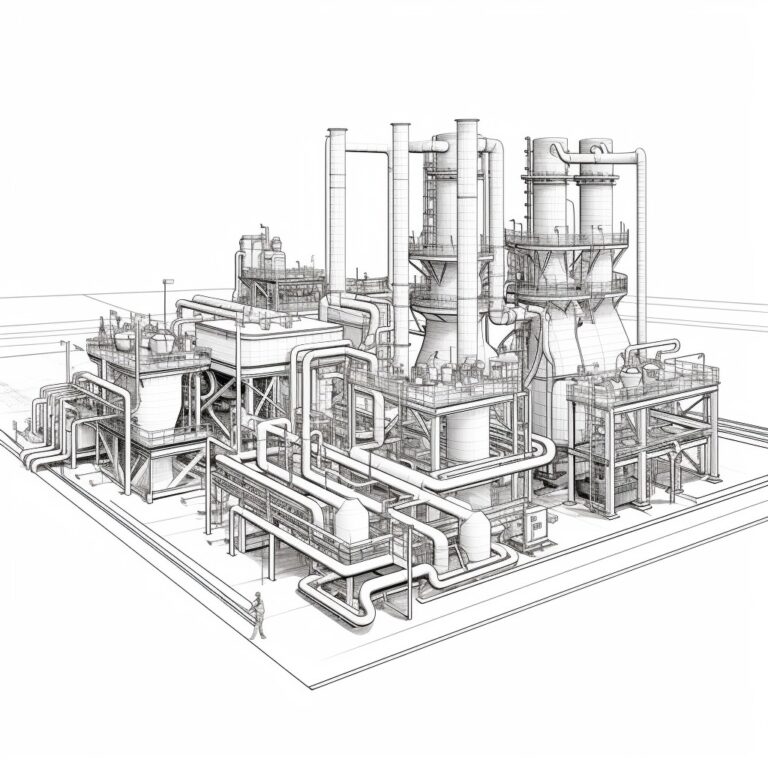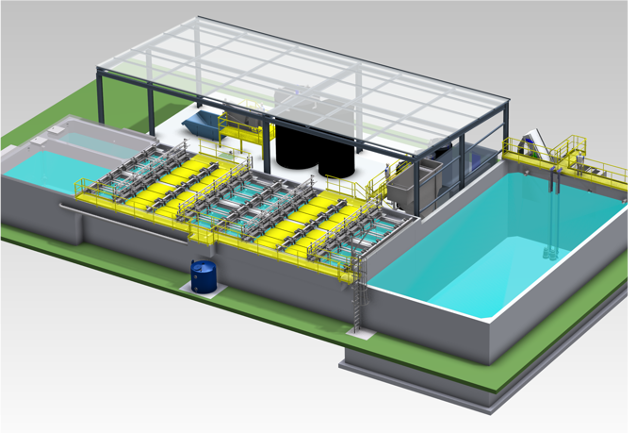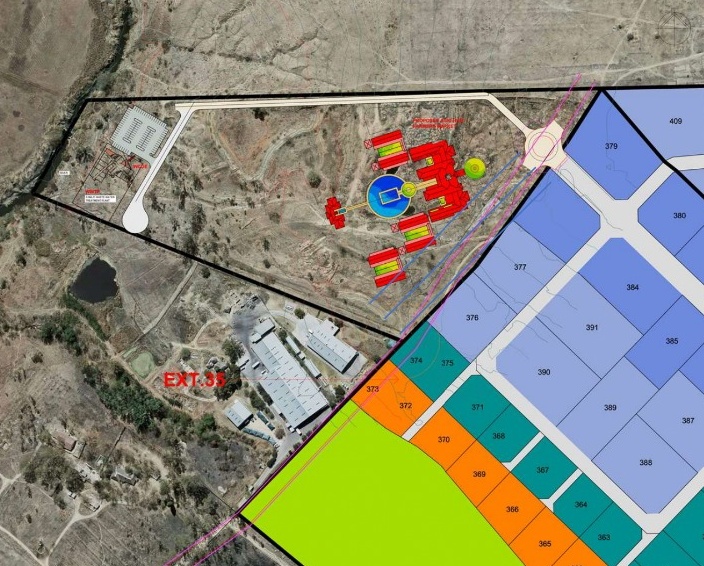Smart City takes on significant importance as it addresses a pressing issue rooted in the history of apartheid in South Africa: environmental injustice. The legacy of apartheid has resulted in disparities in access to clean water and adequate waste water treatment, perpetuating inequality across communities. By tackling under-served waste water treatment, water shortages, and power challenges, this project aims to promote environmental justice and bridge the gap in access to essential services. Through the development of a Membrane Aerated Biofilm Reactor Sewer Treatment Plant (STP) and Watercare Centre of Excellence, it strives to provide equal access to clean water, reduce CO2 emissions, and foster sustainable development. President Ramaphosa's reaffirmed vision of creating a smart city further complements this project, aiming to establish a symbol of post-apartheid era with advanced infrastructure, technological readiness, and green benchmarks. Together, these initiatives seek to rectify historical injustices, promote equitable development, and build a sustainable future for all.





The project in question takes on significant importance as it addresses a pressing issue rooted in the history of apartheid in South Africa: environmental injustice. The legacy of apartheid has resulted in disparities in access to clean water and adequate waste water treatment, perpetuating inequality across communities. By tackling under-served waste water treatment, water shortages, and power challenges, this project aims to promote environmental justice and bridge the gap in access to essential services. Through the development of a Membrane Aerated Biofilm Reactor Sewer Treatment Plant (STP) and Watercare Centre of Excellence, it strives to provide equal access to clean water, reduce CO2 emissions, and foster sustainable development. President Ramaphosa's reaffirmed vision of creating a smart city further complements this project, aiming to establish a symbol of post-apartheid era with advanced infrastructure, technological readiness, and green benchmarks. Together, these initiatives seek to rectify historical injustices, promote equitable development, and build a sustainable future for all.
The project opportunity at International Airport is significant and diverse, aiming to address the challenges of under-served wastewater treatment, water and power shortages in South Africa. The development of a Membrane Aerated Biofilm Reactor Sewer Treatment Plant (STP) and Watercare Centre of Excellence offers numerous advantages, such as more efficient energy usage, smaller civil footprint, high-quality effluent for water recovery and reuse, lower sludge production, bubble-less aeration, and reduced maintenance requirements. With its climate-focused treatment technology, the project aligns with sustainability goals, delivering efficient energy per unit treatment and minimizing the carbon footprint. Additionally, the compact space requirements enable lower levels of civil infrastructure, optimizing land use. The strategic urban planning for the Node and partnerships with institutions demonstrate the support and potential for successful funding and development. This project represents a significant opportunity to drive sustainable development, economic growth, and environmental stewardship in the region


The wastewater treatment process consists of several key stages. Initially, the incoming water undergoes screening to remove particles, followed by buffering to maintain a constant feed to the system. To remove fats and solids, the wastewater is treated by a Dissolved Air Flotation (DAF) unit. The heart of the treatment plant is the Membrane Aerated Biofilm Reactor (MABR) system, which utilizes silicone capillaries housing bacteria to biologically degrade the wastewater. The MABR system consists of submerged cassettes with fixed film bacteria that draw oxygen from the fibers, facilitating the degradation of sewage. Periodic scouring of the fibers ensures optimal film size and age. The treated water can be further upgraded through Ultrafiltration (UF) for reuse or used for irrigation purposes. Sludge de-watering is achieved through a SludgeMaster multi-plate screw press, with the resulting cake collected for disposal. Throughout the process, various measures such as UV treatment and chlorine dioxide dosing are implemented to ensure the quality and disinfection of the treated water.


Please be informed that a substantial amount of information pertaining to this project is considered highly confidential. If you are interested in obtaining further details, we kindly request you to contact us at Info@nexusnovus.com for access.
Contact Us
If you are interested in obtaining further details, we kindly request you to contact us through form below
Bangalore, India
Sy No 38, Banglore Aerospace Park Near Kempagowda International Airport Devanahalli, Bangalore (Rural), Karnataka 562110
De Corridor 14J Breukelen 3621 ZB Netherland
SA80 Strand St, Cape Town City Centre, Cape Town, 8001, South Africa
NexusNovus Copyright © 2023 All Rights Reserved.